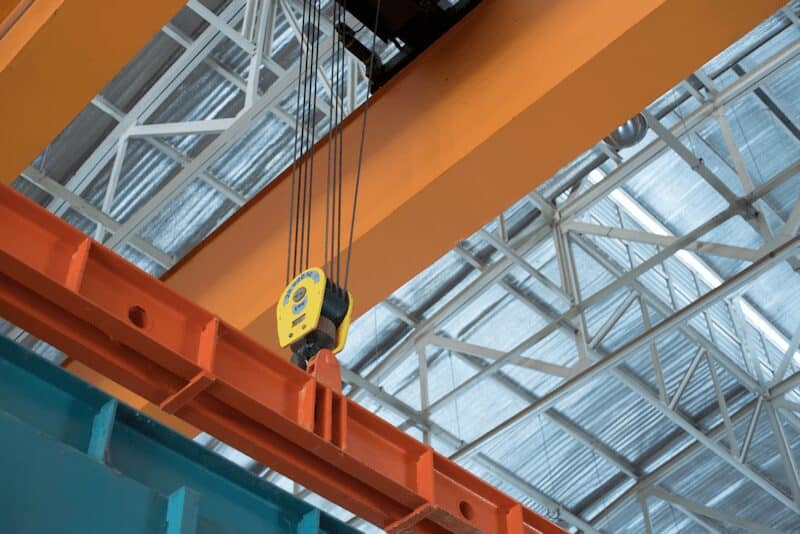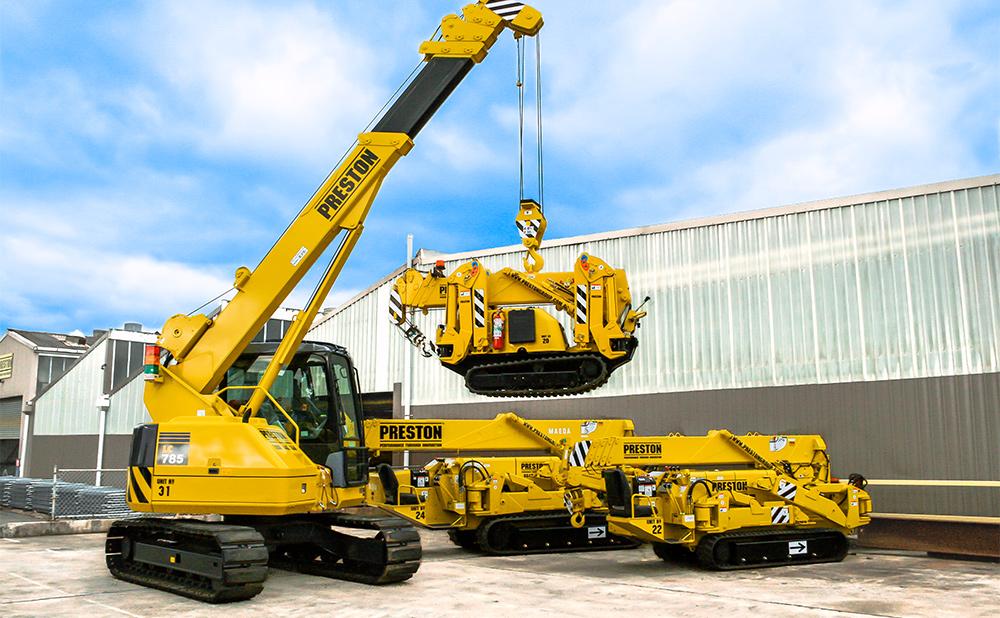For decades, the rumble of a crane and the reassuring strength of steel ropes have been the backbone of safe and efficient heavy lifting. However, innovative synthetic ropes are now emerging as a viable alternative crane rope material. How do these ropes stack up against each other?
Steel ropes are renowned for their strength and resilience and are suited for critical lifts in harsh environments. They can withstand extreme temperatures, heavy loads, and abrasion. However, their weight can limit crane capacity and necessitate frequent inspections and replacements, leading to downtime and maintenance costs.
Synthetic ropes, made from advanced materials like high modulus polyethylene fibres (HMPE), offer a lighter alternative. This allows cranes to lift heavier or reach greater heights, boosting efficiency and lowering fuel consumption. They are also easier to handle due to their superior flexibility and can resist environmental damage from salt water and harsh chemicals.
Choosing between using steel or synthetic crane wire ropes depends on a careful assessment of the specific needs of each project. Factors like weight capacity requirements, environmental conditions, budget constraints, and the nature of the load itself all play a role in the decision-making process.
In terms of lifting strength, steel remains the champion for high-precision, heavy-duty lifts. Its unmatched strength makes it ideal for lifting massive steel beams or prefabricated concrete panels. However, the lighter synthetic ropes excel in situations that require faster crane mobilisation and are preferred for operations near water, such as shipbuilding or offshore construction, because of their superior corrosion resistance.
These properties also affect the safety considerations of both types of rope. Synthetic rope will not rust, produces fewer burrs than steel rope and does not snap back if broken. However, steel rope is more resistant to crushing, cutting and melting, as well as remaining resilient in high-temperature environments.
Financially, while steel wire ropes may be cheaper upfront, frequent replacements and maintenance can lead to higher overall costs. Synthetic ropes offer a longer lifespan with less frequent inspections, potentially leading to long-term cost savings, but may not be suitable for use in all lifting projects.
Ultimately, choosing between steel and synthetic ropes is not a competition, but an opportunity to leverage the unique strengths of each material to ensure safe and successful lifting projects in Australia. Hybrid ropes that blend a mixture of both materials are also beginning to emerge, underscoring a broader movement towards innovation in construction and manufacturing and providing more options for operators to optimise their lifts.





